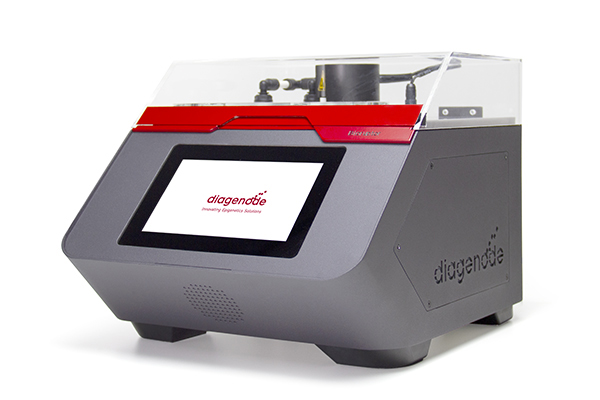Zhao, Xian et al.
Background: The gut microbiota is increasingly implicated in the pathogenesis of osteoporosis, but its role in the specific context of fracture patients remains poorly defined. High-resolution multi-omics studies are needed to elucidate the complex interplay between microbes, their metabolites, and bone health. This study aimed to characterize the gut microbial and fecal metabolic signatures associated with low bone mass in fracture patients.
Methods: We conducted a cross-sectional study of 51 fracture patients, stratified by bone mineral density into Normal, Osteopenia, and Osteoporosis groups. For key analyses, the latter two groups were combined into a Low Bone Mass (LBM) group. We performed shotgun metagenomic sequencing and untargeted liquid chromatography-mass spectrometry metabolomics on fecal samples. An integrated bioinformatics and statistical analysis were used to identify differential taxa and metabolites, construct correlation networks, and build diagnostic biomarker models.
Results: Patients with LBM exhibited a distinct gut microbial and metabolic profile compared to controls. A notable finding was the unexpected enrichment of Lachnospira eligens in the LBM group, despite its previous association with gut health. In contrast, traditionally beneficial taxa such as Bifidobacterium species and Bacteroides stercoris were markedly depleted. Metabolomic analysis identified 127 differential metabolites, and integrated analysis revealed a strong correlation between L. eligens and inflammation-associated metabolites, including N-acetylneuraminate. A diagnostic model incorporating four key bacterial species accurately discriminated LBM patients from controls with an area under the curve (AUC) exceeding 0.9.
Conclusion: Our findings reveal a significant remodeling of the gut microbiota-metabolome axis in fracture patients with low bone mass, highlighting a context-dependent, potentially pathological role for the typically beneficial species L. eligens. These distinct microbial and metabolic signatures suggest potential mechanistic insights into the gut-bone axis and represent promising, non-invasive biomarkers for assessing skeletal health.

